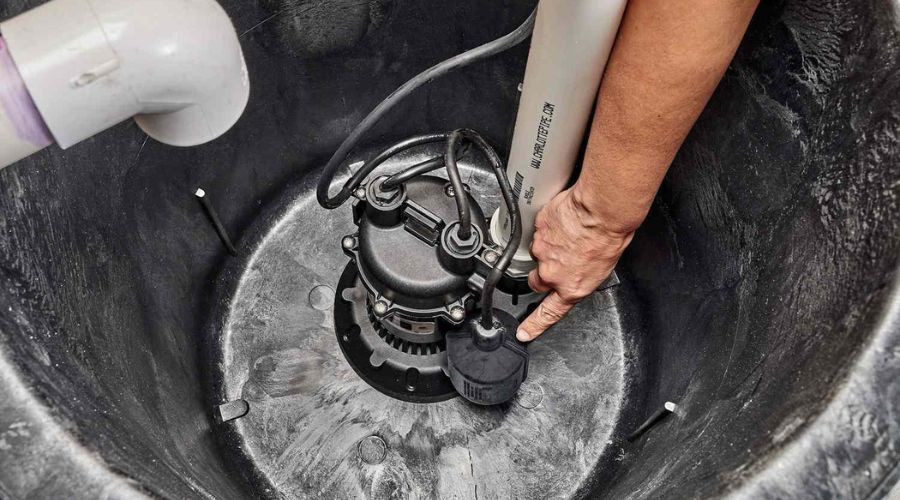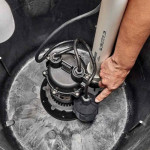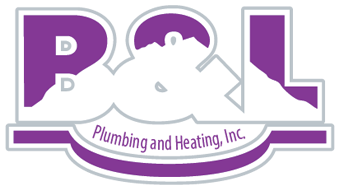What Does a Sump Pump Do?
Most owners know that it takes a lot to protect a home or property from the ravages of nature. Whether it is the harsh winter precipitation or a summer storm, the weather always cooks something to cause damage. Reliable roofing and strong siding can do a lot to protect the structure from rain damage, but in many cases, it simply isn’t enough.
When unfavorable grades or poorly draining soils combine, the results can be disastrous for a home or building. Allowing water to pool on a property or near the foundation can result in anything from landscaping problems to significant structural damage. That’s where sump pumps come in.
“Sump pump” is a trade term for submersible pumps. These pumps are part of a larger system installed to help handle floodwater on a plot. A sump pump system drains water to a central location and quickly pumps it away so that it won’t pool or damage a foundation or landscape.
How Do Sump Pumps Work?
A sump pump works by having part of its assembly submerged in water. Whether that part is the entire assembly or just the pump, the sump pump draws from a sump pump basin, where water is collected as part of a drainage system. A float switch tells the pump when to turn on when the basin is full and when to turn off when it is empty. When the switch turns the pump on, a powerful centrifugal pump quickly evacuates the water.
In most cases, properties vulnerable to flooding will already have a drainage system and sump pump in service. In that case, it is simply the owner’s responsibility to ensure they are always working. In other cases, such as when water pools in a landscape or near the foundation of a structure, a new system will need to be engineered.
Options for Sump Pumps
 Sump pumps come in two main varieties, each with pros and cons. The two main choices are:
Sump pumps come in two main varieties, each with pros and cons. The two main choices are:
- Submersible Sump Pumps: Submersible sump pumps are reliable and effective. Since they sit directly in the basin, they are challenging to work on, making them quieter.
- Pedestal Sump Pumps: Pedestal sump pumps have the motor out of the water, driving a shaft to turn the pump in the sump pump basin. This makes them louder but also easier to inspect and maintain. Often, these are the most cost-effective options.
Testing the Sump Pump
 Sump pumps are vital to a property's safety and longevity, so owners must know how to deal with them. Inspecting sump pumps for proper operation should be done at least annually. This can be done manually by filling the basin with a hose and observing operation, but often, the best bet is professional maintenance. When plumbers are allowed to test sump pumps, owners can be assured the system is working and the pump won’t unexpectedly fail any time soon.
Sump pumps are vital to a property's safety and longevity, so owners must know how to deal with them. Inspecting sump pumps for proper operation should be done at least annually. This can be done manually by filling the basin with a hose and observing operation, but often, the best bet is professional maintenance. When plumbers are allowed to test sump pumps, owners can be assured the system is working and the pump won’t unexpectedly fail any time soon.
About B&L Plumbing
B&L Plumbing performs residential and commercial plumbing repairs and installations. It custom-tailors options for every client and never charges after-hours fees. Call today for sump pump service in Colorado Springs, CO.












